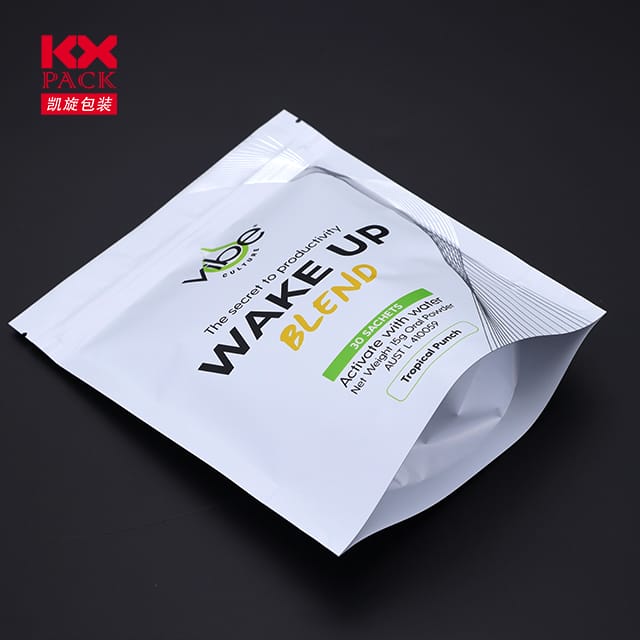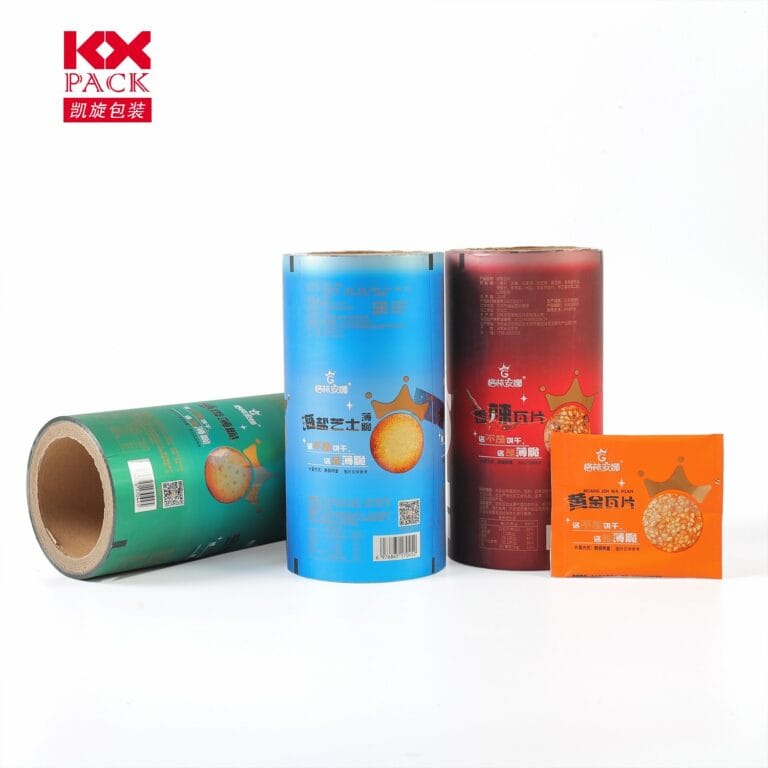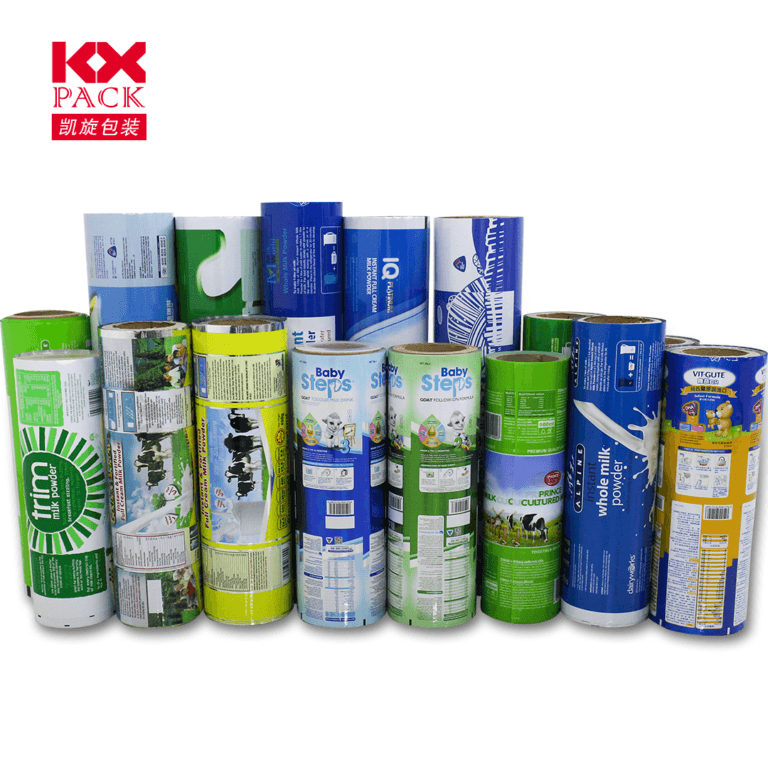塑料膜制造的创新和可持续性: 仔细看
塑料膜制造
The global demand for 塑料膜制造 continues to surge, 由包装中的应用驱动, 农业, 电子产品, 和医疗行业. 根据行业报告, the global market for plastic films reached approximately 787十亿2022* *,withprojectionsindicatingsteadygrowthto∗∗963.7 billion by 2029, 复合年增长率为 2.9%. 这种扩展强调了该行业在现代制造中的关键作用, yet it also highlights pressing challenges, particularly in environmental sustainability and technological advancement.
技术进步: From Hardness to Smart Manufacturing
One key area of innovation in 塑料膜制造 is the development of high-performance materials. 例如, bidirectional stretched polyamide (BOPA) 电影, known for their exceptional barrier properties, 力量, 和耐温性, have seen a 13.01% CAGR in demand growth from 2016 至 2023 in China alone. 公司喜欢 Zhonglun New Materials Co., 有限公司. have pioneered integrated production technologies, enabling the creation of ultra-thin, high-hardness films with reduced curling issues. These advancements rely on precise control of molecular orientation during the stretching process, enhancing mechanical durability without compromising flexibility.
Another breakthrough is the integration of real-time early warning systems in semi-automated production lines. Researchers have developed algorithms to monitor crusher processes—traditionally difficult to automate due to sensor installation constraints—by analyzing data from adjacent machinery. This approach reduces downtime, minimizes waste, and improves product consistency. 例如, A 2025 study by Kim et al. demonstrated a 92% accuracy rate in predicting equipment failures, significantly cutting maintenance costs.(塑料膜制造)
Environmental Challenges and Sustainable Solutions
The plastic film industry faces intense scrutiny over its environmental footprint. Production processes consume vast amounts of fossil fuels, emit greenhouse gases, and generate toxic wastewater. 此外, the non-biodegradable nature of conventional films exacerbates plastic pollution. To address these issues, manufacturers are investing in:
- Biodegradable and Recyclable Materials: 电影由 聚乳酸 (解放军) or starch-based polymers are gaining traction. While PLA films decompose within 6–12 months under industrial composting conditions, their mechanical properties often lag behind petroleum-based alternatives.
- Closed-Loop Recycling Systems: Advanced sorting technologies now enable the separation of contaminated films from clean ones, improving recyclate quality. Some facilities are adopting 化学回收 methods to break down mixed plastics into raw materials for new films.
- 节能过程: Companies are adopting UV-cured coatings 和 水基油墨 to reduce VOC emissions. 例如, A 2025 environmental impact report for a plastic film project in China documented a 75% reduction in VOC emissions through UV-light treatment and activated carbon filtration.
Regulatory and Market Trends
Governments worldwide are imposing stricter regulations on plastic use. The EU’s一次性塑料指令 bans certain non-recyclable films, while China’s “14th Five-Year Plan” mandates a30% reduction in plastic waste by 2025. These policies are accelerating the shift toward sustainable alternatives.
On the market front, consumers increasingly favor brands using eco-friendly packaging. This demand has spurred innovations likeedible films (made from seaweed or rice proteins) 和水溶性膜 for detergent pods. 然而, cost remains a barrier—biodegradable films are typically20–50% more expensive than conventional options.
The Future of Plastic Film Manufacturing
The industry’s trajectory hinges on balancing innovation with sustainability. 关键优先级包括:
- Scaling Circular Economy Models: Developing take-back programs for used films and incentivizing recycled content.
- Investing in Green Chemistry: Creating novel polymers with lower carbon footprints.
- Leveraging AI and IoT: Enhancing process control through predictive maintenance and real-time quality monitoring.
As stakeholders navigate these challenges, 制造商之间的合作, 决策者, and consumers will be critical. The plastic film sector, once synonymous with environmental harm, now stands at a crossroads—poised to redefine itself as a leader in sustainable materials innovation.
What are your thoughts on the future of plastic film manufacturing? Share your insights below!
关键字: Plastic film manufacturing, BOPA films, 可持续性, biodegradable materials, smart manufacturing, environmental regulations.






